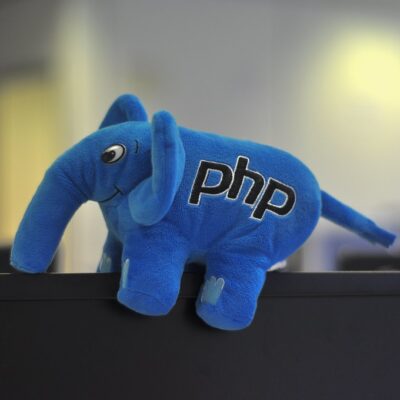The Key to Unlocking the Potential and Benefitting of Robotics and Autonomous Systems. Machine learning has found its place in autonomous systems, automation, and manufacturing, enabling more efficient supply chain management by empowering systems to make autonomous decisions. One notable application is predictive maintenance, where data is collected to predict equipment failures and plan repairs in advance, saving on maintenance costs and reducing downtime. In intelligent warehouses, machine learning is leveraged for real-time visibility, workflow automation, and identifying opportunities for improvement in warehouse management, ultimately saving both time and money.
The healthcare and diagnostics sectors are undergoing significant transformations thanks to robotics. Robots are now capable of performing routine tasks such as cleaning patient wards and moving objects. Equipped with AI and machine learning, robots can execute precise surgical procedures, analyze medical images to detect tumors or fractures, provide diagnoses based on symptoms and medical history, and much more.
In the emerging field of precision medicine, robotics and machine learning are used for medical profiling of specific patient groups, tailoring specialized medical treatments. Many healthcare organizations are investing in autonomous robots to streamline patient check-ins, provide remote second opinions from specialists, and conduct remote medical diagnostics, especially in challenging areas like flood zones or earthquake-damaged buildings. These robots also contribute to creating electronic health records, medical transcriptions, and language translations. In summary, machine learning empowers robots to become diligent, intelligent, and 24/7 available assistants to healthcare professionals, greatly enhancing efficiency in the healthcare system.
Enabling Technologies and Methods:
Machine learning and robotics are closely intertwined, with machine learning imparting intelligence to robots. Initially, this involved manually crafted machine learning algorithms, but deep learning has recently gained prominence. Deep learning allows robots to automatically analyze and interpret data, from basic categorization models to more advanced applications like generative AI, attention-based sensor fusion, or multi-domain models. Deep learning drives significant advancements in robot perception and cognition, facilitating safe collaboration and interaction between humans and robots.
Future Possibilities and Challenges:
Machine learning holds immense promise across industries, but implementing it at scale presents challenges. For instance, simultaneously using multiple machine learning models in complex applications may require substantial processing power that not all businesses possess. Additionally, the ever-expanding size and scope of models to accommodate fresh data pose challenges. Effective data preprocessing is critical, as inadequate processing can lead to bottlenecks and provide outdated or incorrect data to algorithms. Utilizing cloud-based solutions raises data privacy concerns, especially when handling sensitive information such as financial or medical records.









